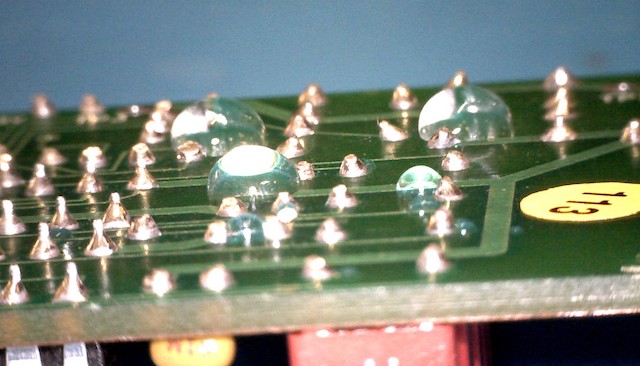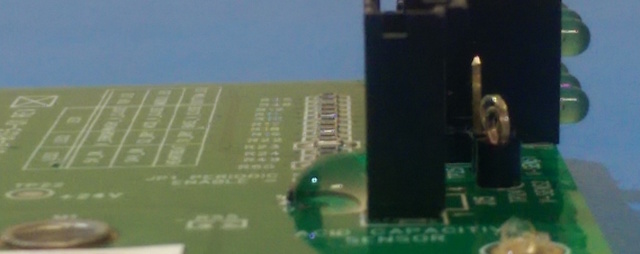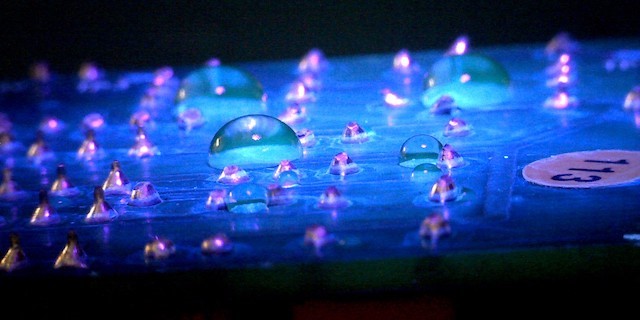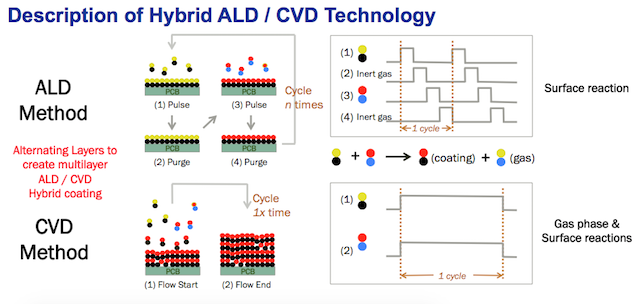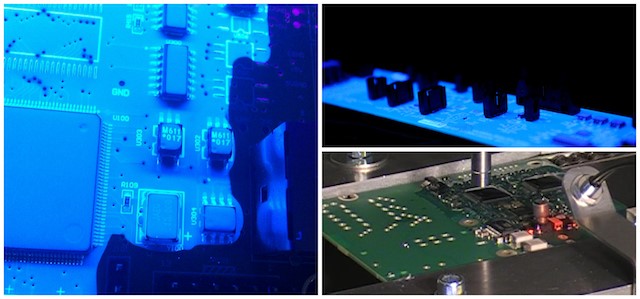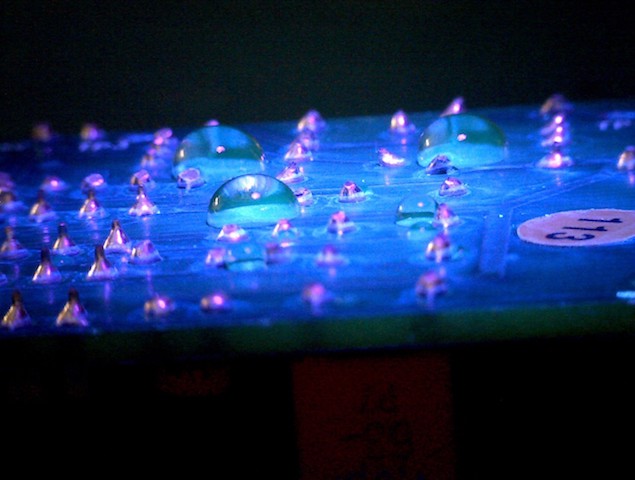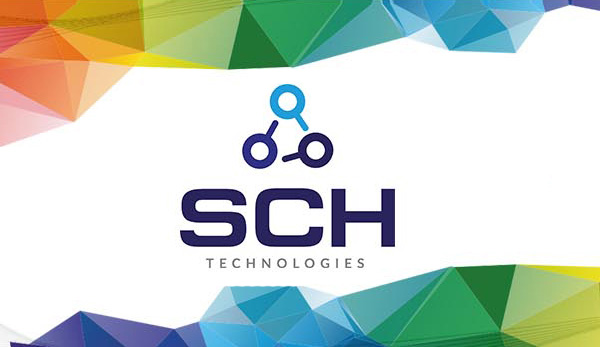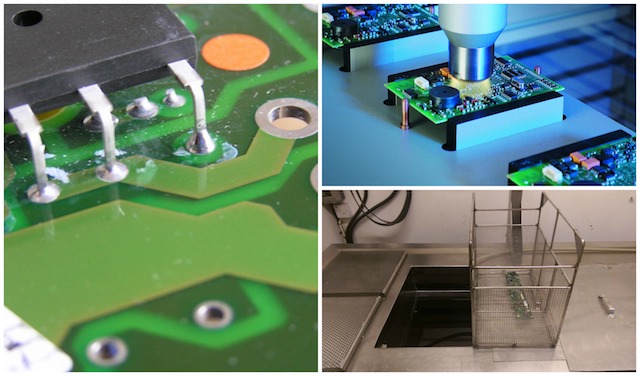
The topic of cleaning printed circuit board assemblies (PCBAs) effectively before application of conformal coating can be daunting. This is because the process of cleaning circuit boards can be difficult especially with so many variables to consider.
When considering cleaning the circuit you need to assess many factors including:
- The board and component compatibility with the cleaning method
- The ability of the cleaning method to remove the contamination effectively from the circuit
- Any residues the cleaning process may leave behind that may be harmful to the circuit in the long term.
- The reasons for cleaning the circuit (e.g. contamination removal, adhesion promotion etc.)?
After considering these factors you can compare with the processes available.
The main methods of cleaning printed circuit boards
The main methods of cleaning used in everyday electronics processing before conformal coating application can include:
- Aqueous washing
- Semi-aqueous washing
- Solvent & chemical washing
- Plasma surface cleaning
These processes can be mixed, the method can be varied but the fundamental concepts still apply.
However, whatever method you choose you still have to consider that the key to success in cleaning circuit boards is similar to the success made with conformal coating.
You need to match the cleaning process, the cleaning materials and the circuit board together.
If you do this then this will give you the best results for cleaning the circuit board assembly.
Want to find out more about cleaning?
Contact us to discuss your needs and let us explain how we can help you.
Or, read more on cleaning circuit boards on our website now.
Contact us now.
